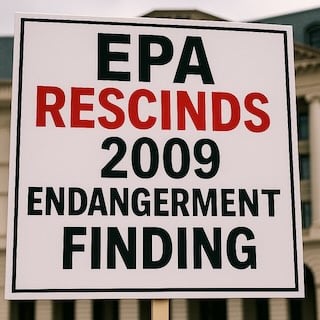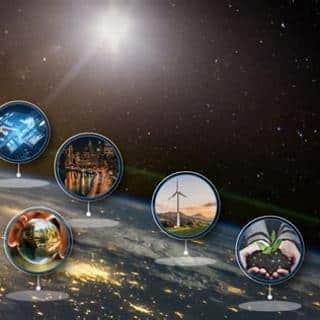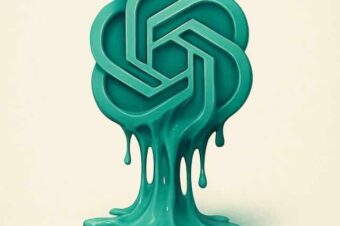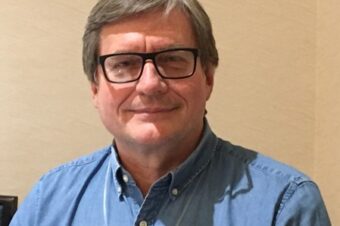Click to play video
LONG BEACH, Calif. — “I am here to tell you that the future that we were dreaming for [in the Middle East] has eventually arrived,” Wadah Khanfar, director general of the Al Jazeera network, told the audience at the Technology Entertainment and Design conference (TED) on Tuesday, speaking about the recent popular uprisings in Tunisia, Egypt and Libya that have toppled long-standing governments.
“A new generation, well-educated, connected, inspired by universal values and a global understanding has created a new reality for us,” he said.

He expressed great faith in the ability of this generation to ensure that democratic values aren’t trampled during the transition phase as new governments are created. And he urged the West not to interfere and impose its will and interests on the region in an effort to establish governments that would be friendly to the West’s economic and political interests.
“Let us accept the choice of the people,” he said. “Let us not pick and choose who we would like to rule the future. The future should be ruled by people themselves even though sometimes there are voices that might now scare us.
“Values of democracy and the freedom of choice that is sweeping the Middle East at this moment in time is the best opportunity for the world, for the West and the East, to see stability, and to see security and to see friendship and to see tolerance emerging from the Arab world, rather than the images of violence and terrorism,” he continued. “Let us support these people, let us stand for them and let us give up our narrow selfishness in order to embrace change and in order to celebrate to the people of that region a great future and hope and tolerance. The future has arrived and the future is now.”
Khanfar described how, as governments in the region crumbled over the last months, Al Jazeera was there to provide context, amplification and even protection for protesters boldly seizing power from their oppressive regimes.
Al Jazeera was banned from Tunisia for years, and no reporters from the network were allowed to work in the country. But the network quickly found it didn’t need its own staff on the ground to report the news.
“We found that these people in the streets, all of them are our reporters, feeding our newsroom with pictures, with videos and with news,” Khanfar said. “And suddenly that newsroom in Doha [Qatar] became a center that received all this kind of input from ordinary people, people who are connected and people who have ambition and who have liberated themselves from the feeling of inferiority.
“Al Jazeera took the voice from these people and we amplified it, we put it in every sitting-room in the Arab world and internationally and globally through our English channel and then people started to feel that there’s something new happening.”
He recalled receiving a phone call one night from someone in Tahrir Square in Egypt who appealed to him not to switch off the cameras.
“If you switch off the cameras tonight, there will be a genocide,” the caller said. “You are protecting us by showing what is happening at Tahrir Square.”
As events unfolded, traffic to Al Jazeera’s online broadcasts grew 2,500 percent, he said. About half of that traffic came from the United States.
“We discovered that people care,” he told the TED audience.
Asked by TED curator Chris Anderson how people in the West could help, Khanfar replied, “This is the moment to celebrate through connecting ourselves with those people in the street and expressing our support to them and expressing this kind of universal feeling of supporting the weak and oppressed to create much better future for all of us.”
Khanfar’s talk is the first video from the 2011 conference that TED has released.








Leave a Reply